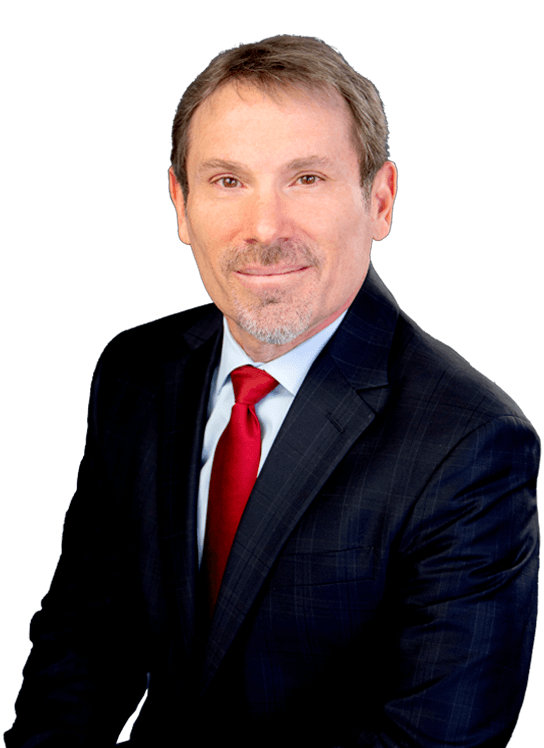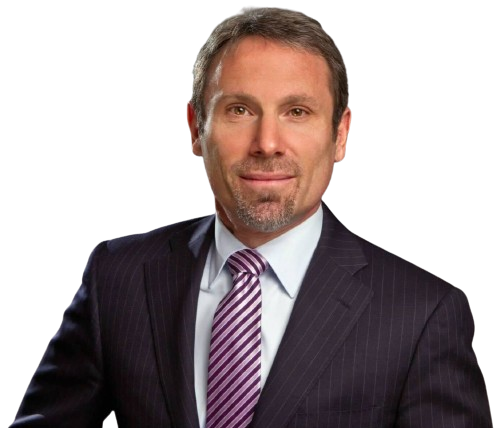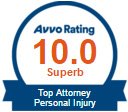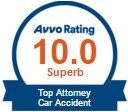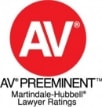The Dangers of Multi-Vehicle Auto Wrecks
Multi-vehicle accidents are most likely to occur when many cars are traveling in close proximity, such as in dense highway traffic conditions. These collisions typically occur when two cars collide and other cars have nowhere to go avoid the accident scene. What starts as a simple two-car wreck can quickly become a multi-car pileup. Without the help of a Denver car accident lawyer, it will be hear to recover all the compensation you are eligible to receive.
Multi-vehicle accidents often occur due to:
- Rear-end collisions. When a car is hit, it can be pushed into the car in front of it. This can set off a domino reaction that escalates into a multi-vehicle crash.
- Accidents in high-traffic areas. When vehicles collide on a highway, there is often no way for other cars to escape hitting vehicles that have already collided in the road.
- Accidents in high-speed areas. Cars traveling at high speeds may be unable to stop when they encounter an accident on the road. They may run into the cars that have already collided, resulting in a multi-vehicle accident.
- Accidents in bad weather. When visibility is low, an auto accident is more likely to occur. Other drivers may not see the vehicles that have already collided, thus causing a pile-up.
These are just a few scenarios where multi-vehicle auto accidents are likely. Unfortunately, multi-car accidents can happen at any time and can result in many injuries and fatalities.


Find Out How Much Your Case in Worth
Call us for a FREE consultation. No Fee Unless We Get You Money.
When are Multi-Vehicle Accidents More Likely to Occur?
Many multi-vehicle accidents occur at intersections. Often, a single driver’s mistake will create havoc in an intersection, and multiple drivers will suddenly find themselves with no way to avoid being involved in a collision.
When a multi-vehicle accident happens in an intersection, determining liability usually involves identifying the driver or vehicle that triggered the chain of events. In many cases, this single driver’s insurance company will be liable for all of the accident victims’ injuries and losses. However, it is possible that multiple drivers could share liability as well—and this makes it crucial to conduct a comprehensive investigation focused on determining each driver’s role in the crash.
Here are some common examples of multi-vehicle accidents at intersections:
- A Reckless Driver Runs a Red Light – Many accidents at intersections occur when drivers run red lights. When a driver runs a red light at speed and collides with another vehicle in the intersection, the force of impact will often result in a multi-vehicle accident.
- A Distracted Driver Fails to See a Collision in the Intersection – Multi-vehicle accidents in intersections can also happen when a distracted driver fails to see a collision that just occurred. This can be an extremely dangerous scenario, and the distracted driver can share liability for any injuries that result from his or her neglect.
- A Drunk or Drowsy Driver Plows Through an Intersection – Multi-vehicle accidents can also happen when a driver plows through an intersection and hits another vehicle head-on, pushing that vehicle back into another car behind it. These accidents frequently occur when a driver is drunk or asleep behind the wheel.
In addition to negligent driving, other factors can also play a role in multi-vehicle accidents at intersections. Brake failures, stoplight malfunctions and visual obstructions are just a few examples of issues we frequently see in these cases. If one of these other factors played a role in your accident, you may have a claim outside of auto insurance—and this could potentially increase the amount you are ultimately able to recover.
How to Establish Liability After a Multi-Vehicle Car Crash
In a multi-vehicle collision, it can be difficult to determine who was responsible for causing the accident. Identifying the responsible parties is important in determining who should be held legally liable for any damages that arose as a result of the crash.
An experienced auto accident attorney can help injured accident victims gather the evidence and information they need to hold negligent parties accountable for their injuries. At Levine Law, we understand rules for joint liability in Denver and throughout Colorado, and we have the legal knowledge and experience necessary to advocate for you in complex multi-vehicle accident cases.
Chain Reaction Accidents Often Require the Help of a Denver Multi-Vehicle Accident Lawyer
Chain reaction accidents can occur under a variety of circumstances. In addition to accidents at intersections, one of the most common types of chain reaction accidents involves a series of rear-end collisions on the highway. When traffic is bumper-to-bumper, when the road is slippery due to bad weather, or when a crash or construction site forces drivers to slow down suddenly, this can set off a chain of events that leaves multiple drivers in need of experienced legal representation.
Similar to other types of multi-vehicle accidents, determining liability for a chain reaction accident requires a clear understanding of the circumstances involved. In some cases, the driver at the back of the chain will be liable. In others, the driver at the front of the chain could hold full responsibility. In others still, multiple drivers could share liability, or injured drivers and passengers could have “third party” claims against a vehicle manufacturer, construction company or government agency.
